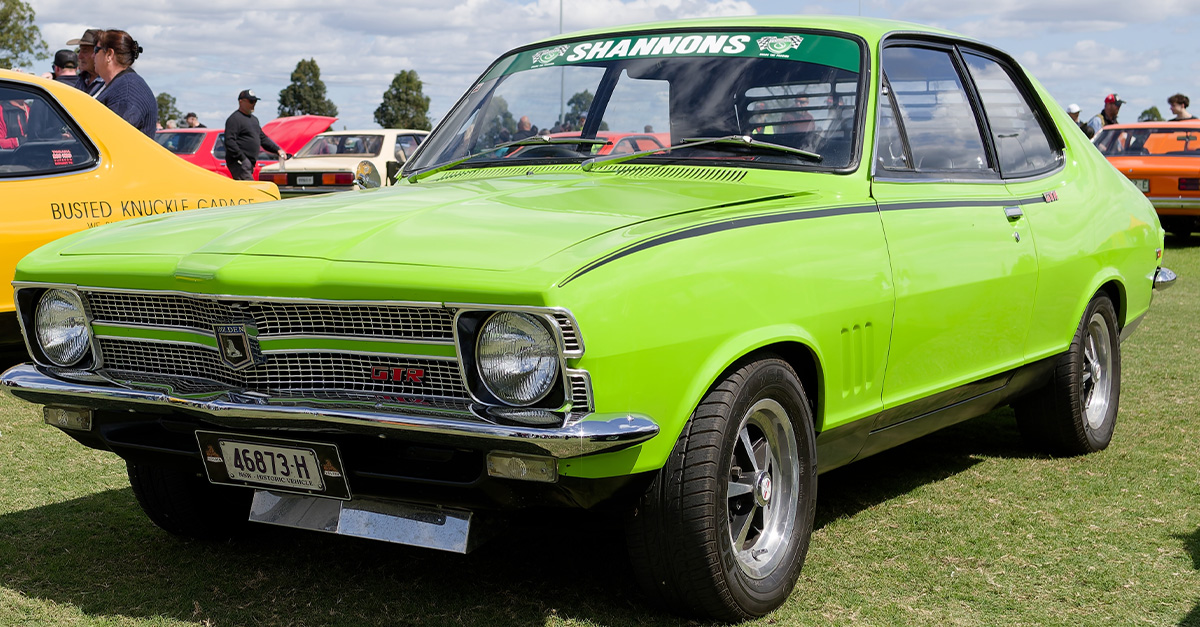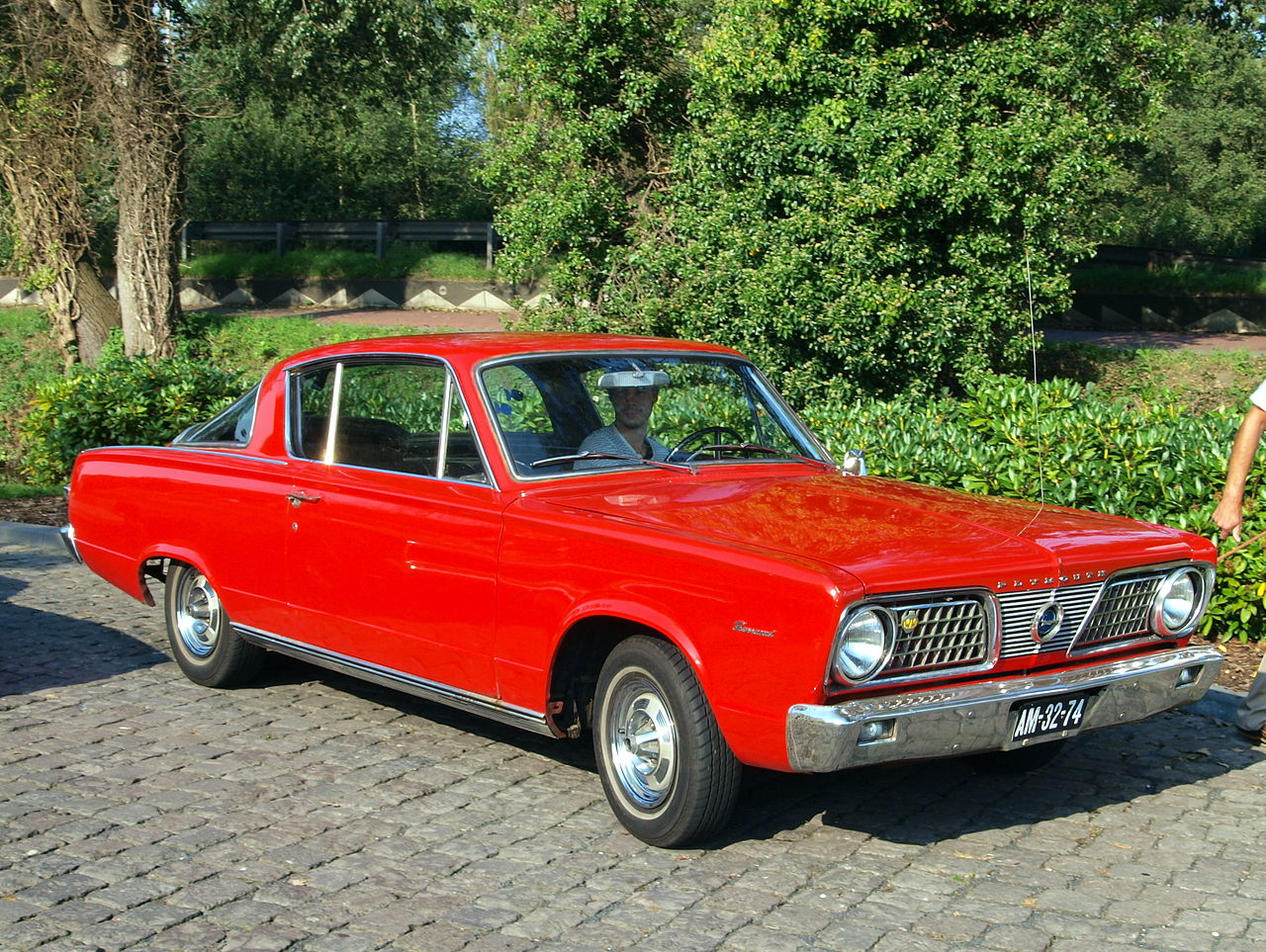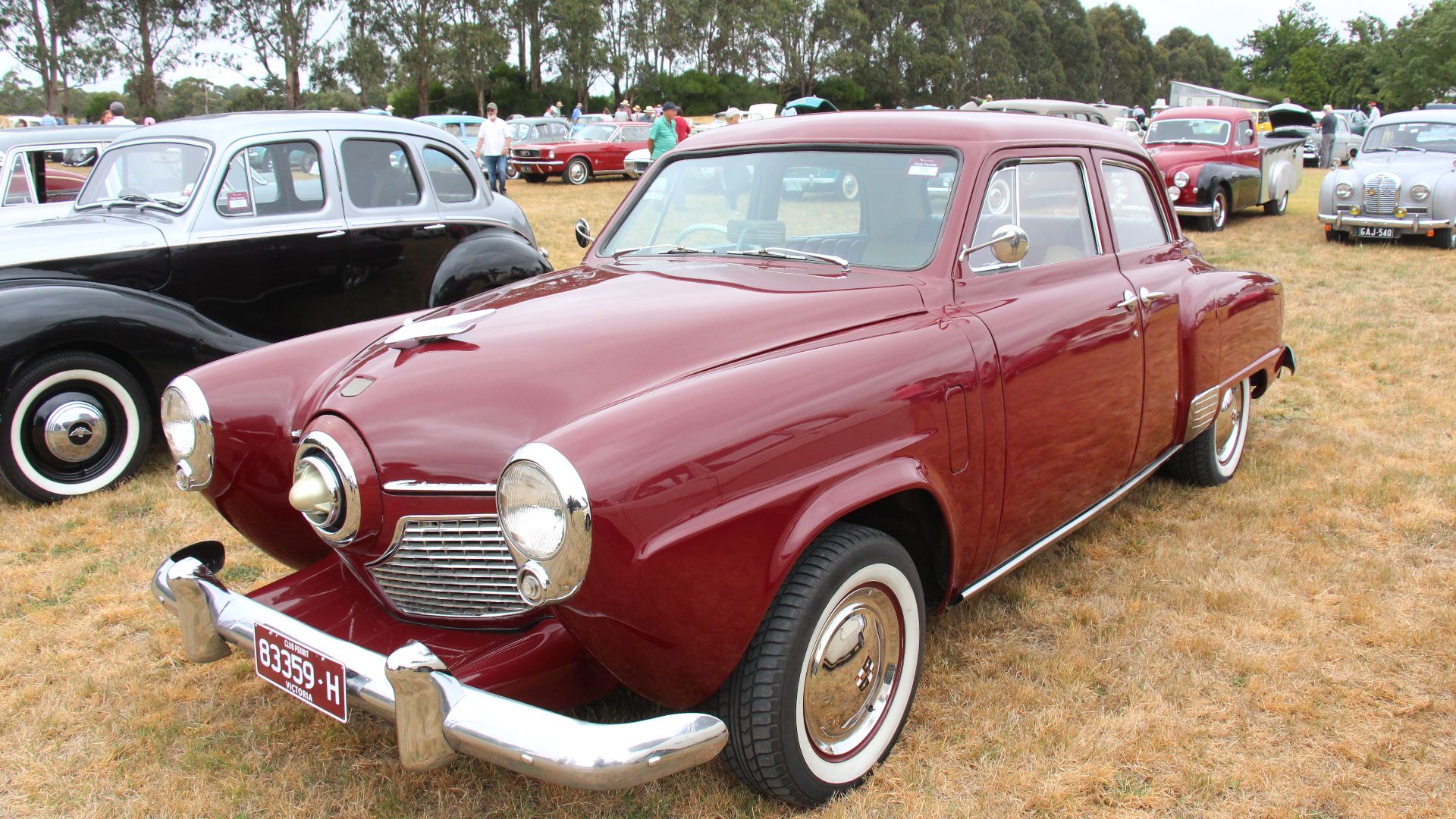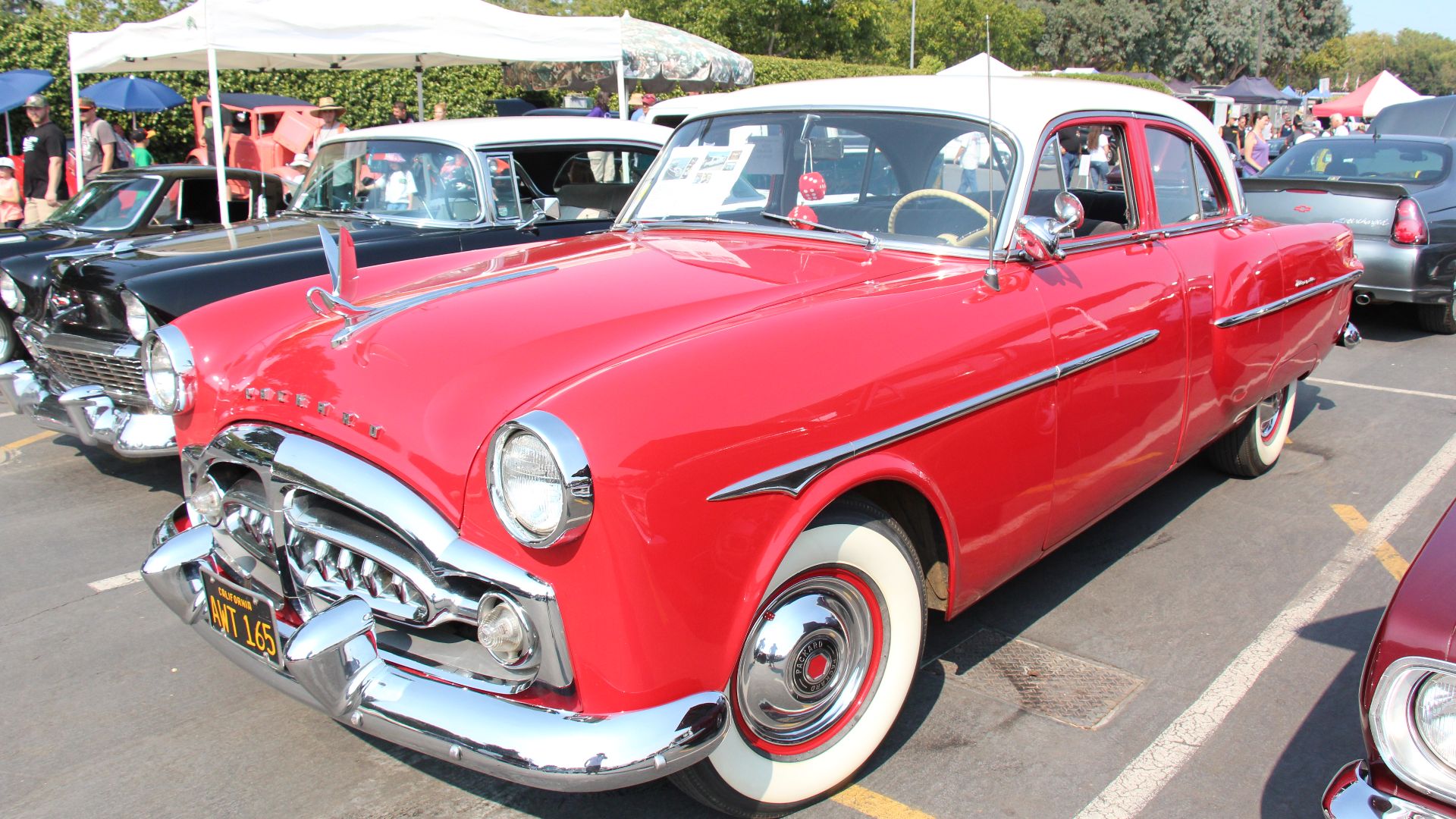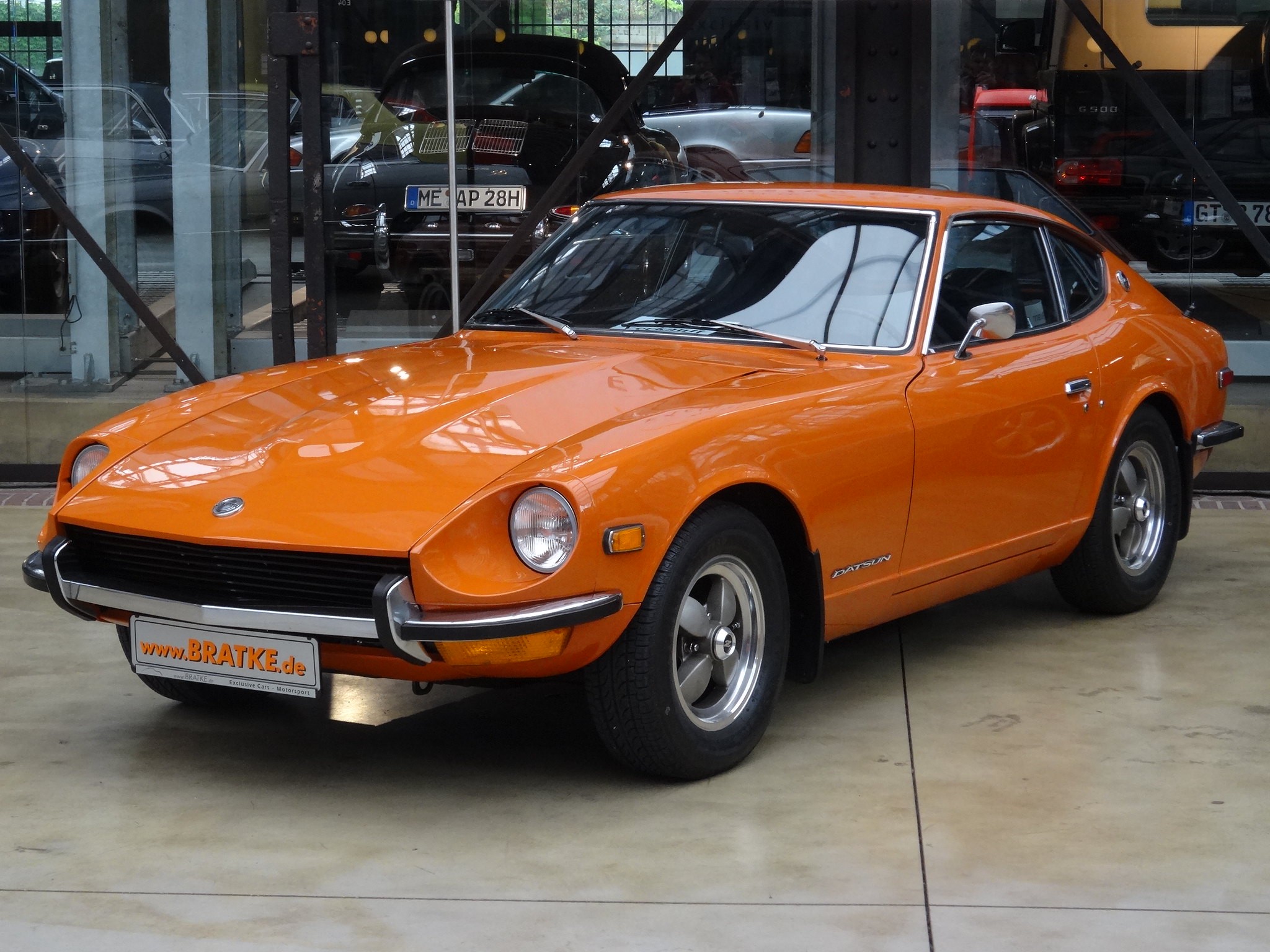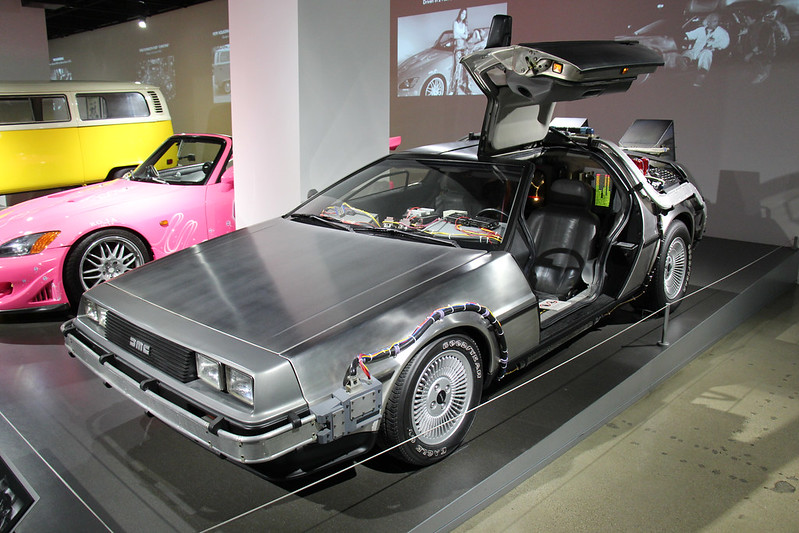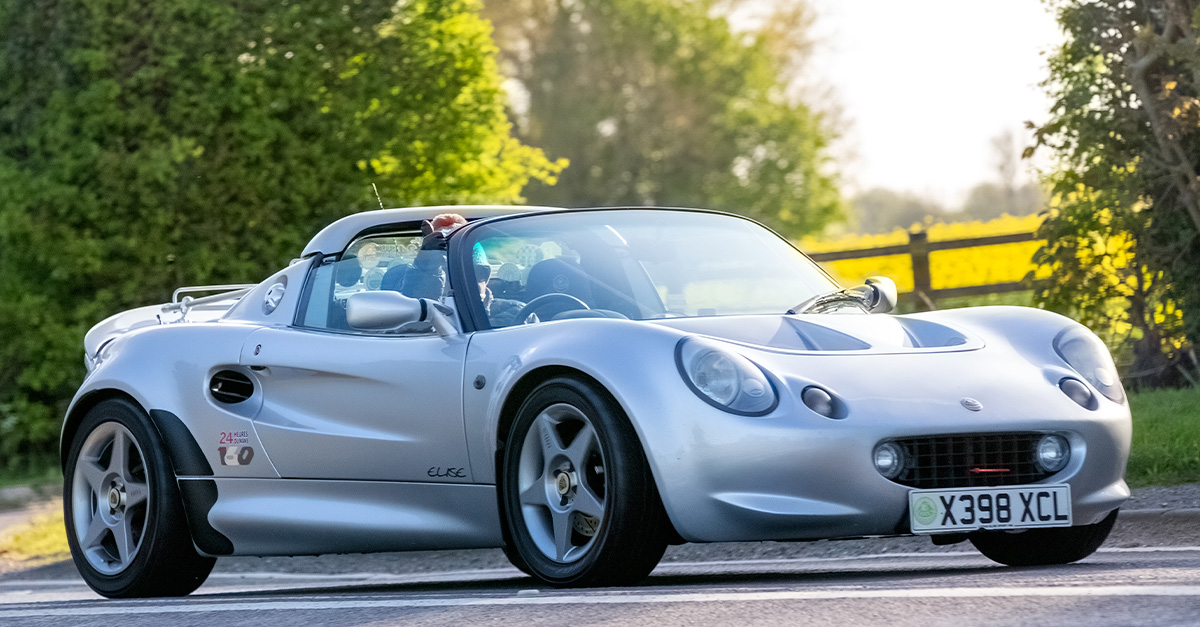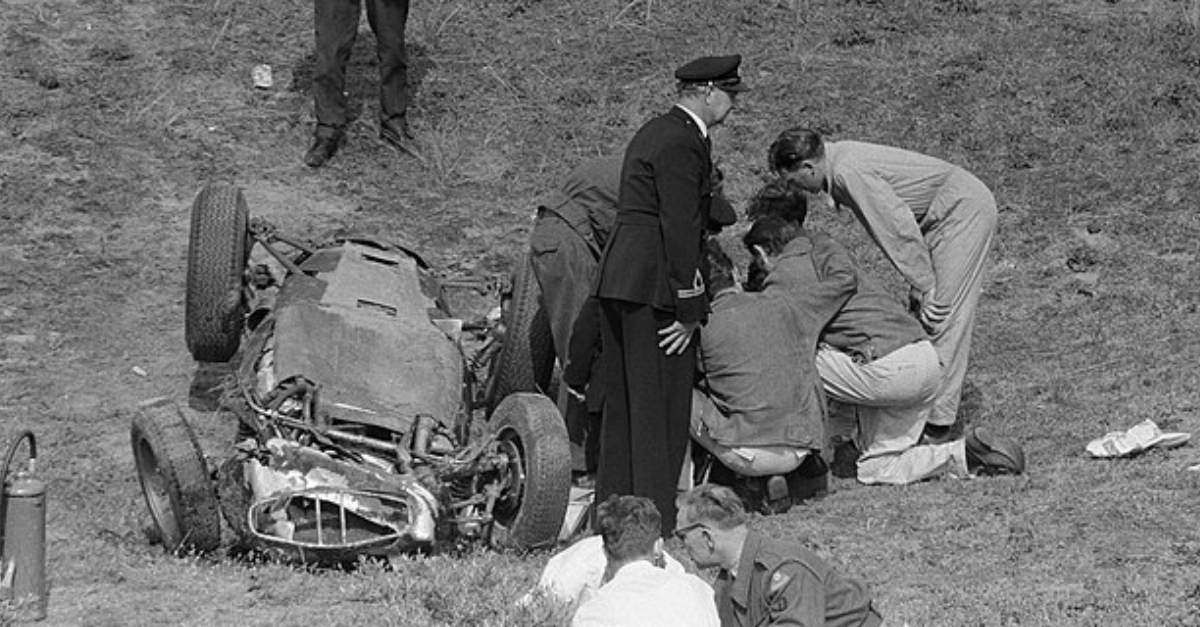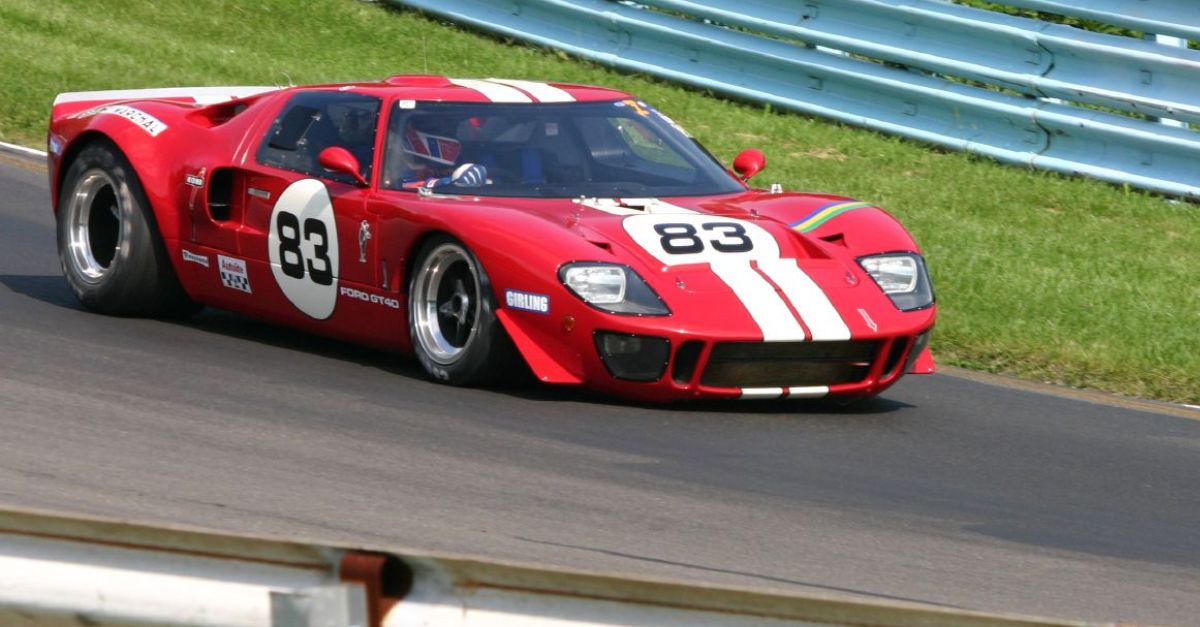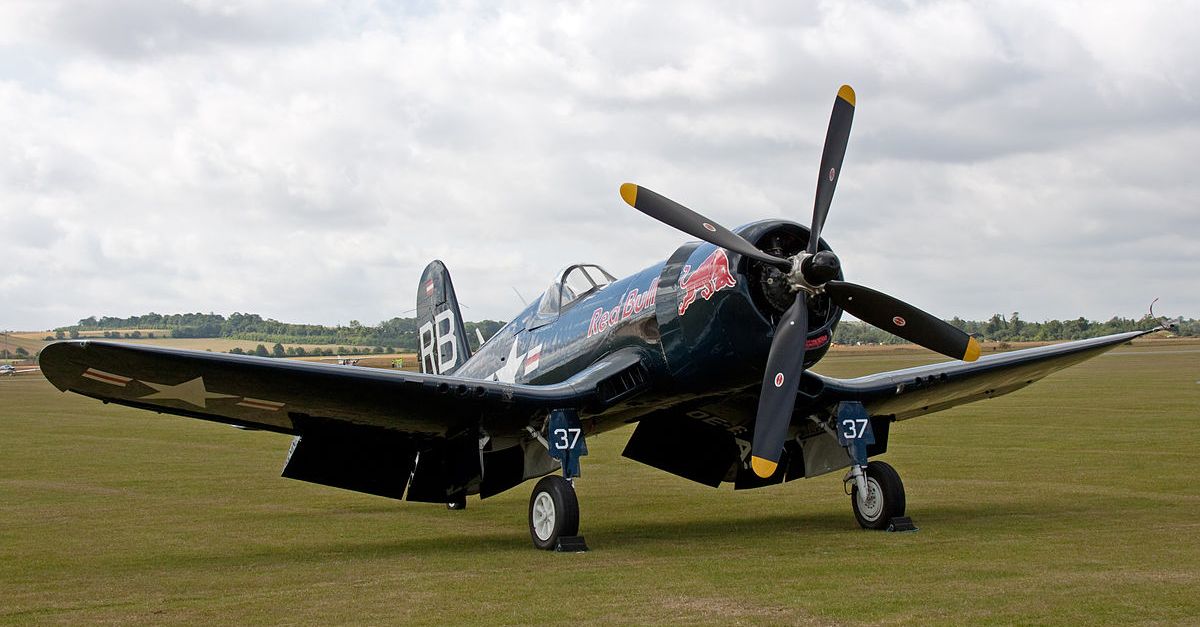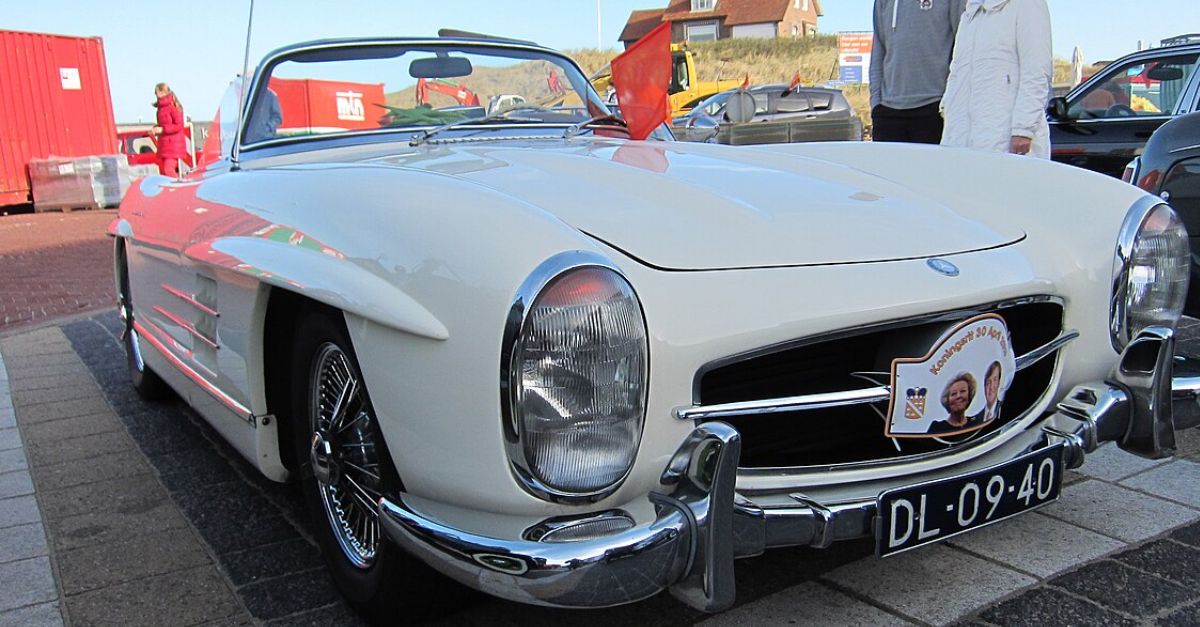Nobody Could Have Predicted The Decline Of These Classic Car Brands
Car brands often feel like permanent fixtures on the automotive landscape…until they’re not. The following are 20 once-iconic nameplates that enthusiasts assumed would always be around—plus the market shifts, corporate decisions, and economic headwinds that sent each one to the scrapyard in the sky.
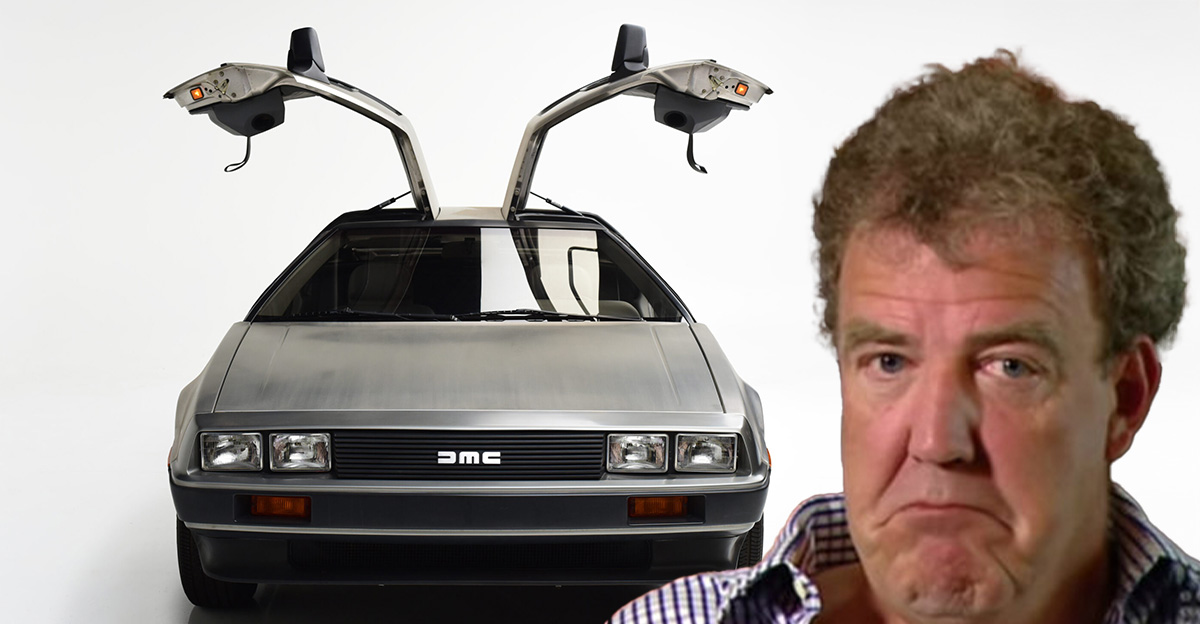
Pontiac (1930–2010)
GM’s excitement division built its reputation on muscle icons like the GTO and Trans Am, winning loyal fans with a blend of performance and style. But after decades of brand overlap with Chevrolet and shifting consumer tastes, Pontiac became expendable. During GM’s 2009 restructuring and government bailout, Pontiac was shuttered so the company could focus on its four core brands, ending a storied 80-year run.
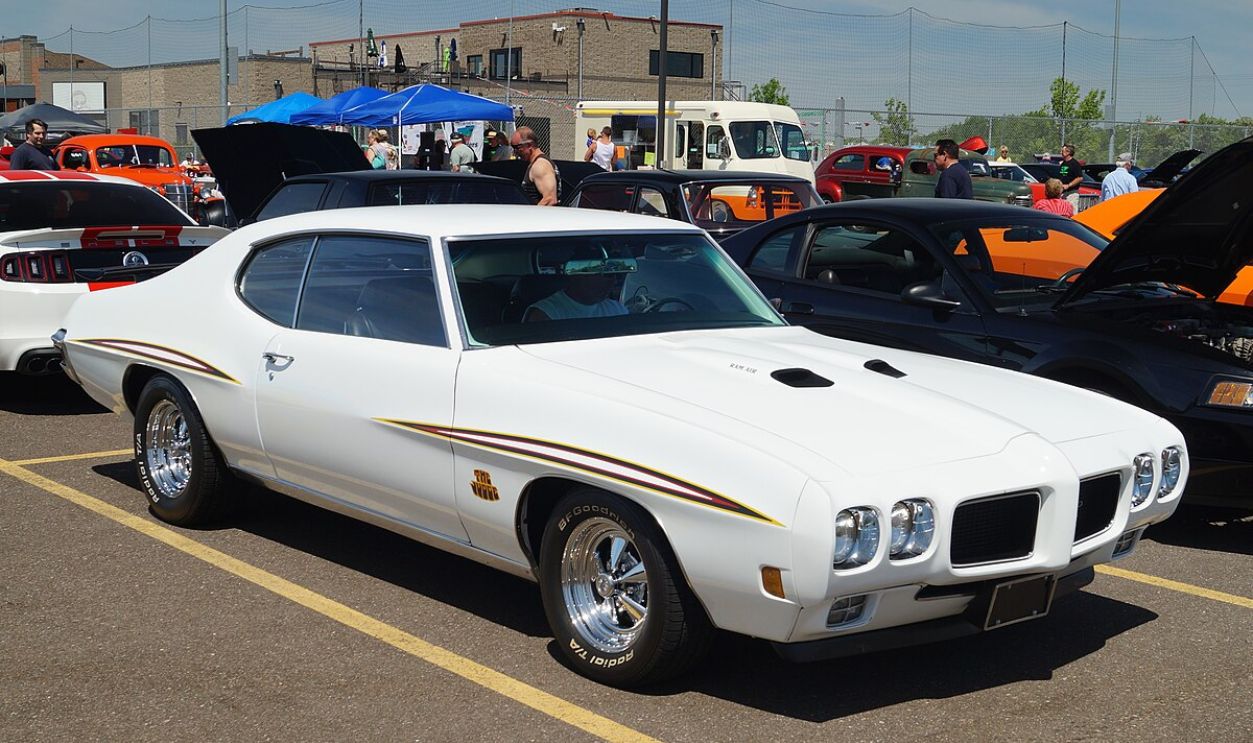 Greg Gjerdingen from Willmar, USA, CC BY 2.0, Wikimedia Commons
Greg Gjerdingen from Willmar, USA, CC BY 2.0, Wikimedia Commons
Oldsmobile (1897–2004)
America’s oldest surviving carmaker boasted a long history of engineering firsts, from the Curved Dash to the Toronado. But by the 1990s, Oldsmobile lost its identity in a crowded GM lineup and struggled to attract younger buyers. GM ended production in 2004 after years of dwindling sales, closing the book on 106 years of continuous production.
 Greg Gjerdingen from Willmar, USA, CC BY 2.0, Wikimedia Commons
Greg Gjerdingen from Willmar, USA, CC BY 2.0, Wikimedia Commons
Mercury (1938–2010)
Created to fill the price gap between Ford and Lincoln, Mercury was once known for style and mid-range luxury. Over time, its distinctiveness eroded, leaving little reason for buyers to choose Mercury over a Ford. In 2010, Ford announced Mercury’s demise to reallocate resources toward reinvigorating the Lincoln brand and strengthening Ford’s global competitiveness.
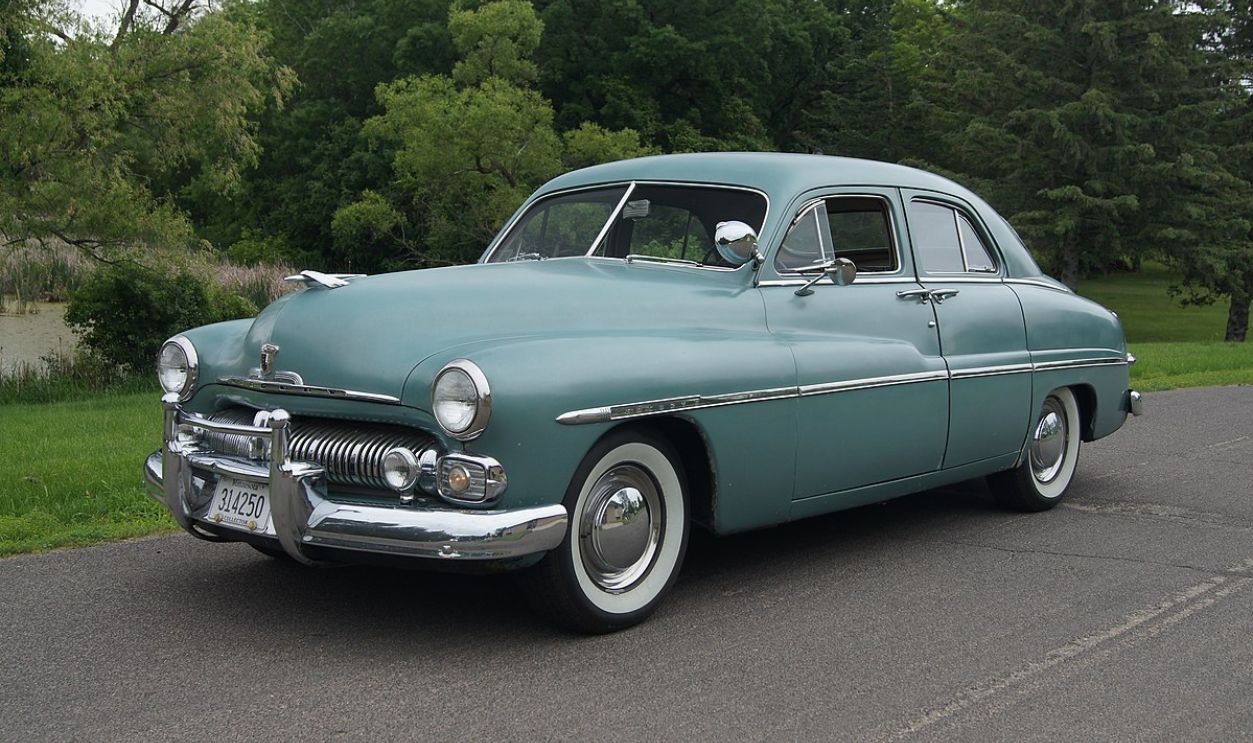 Greg Gjerdingen, CC BY 2.0, Wikimedia Commons
Greg Gjerdingen, CC BY 2.0, Wikimedia Commons
Plymouth (1928–2001)
Introduced as Chrysler’s affordable, mass-market offering, Plymouth thrived for decades with bestsellers like the Fury and Barracuda. By the late 1990s, however, its product range overlapped heavily with Dodge, leaving no clear market niche. In 2001, DaimlerChrysler dropped Plymouth entirely, rebadging its remaining models under other corporate brands.
Saturn (1985–2010)
Launched as a “different kind of car company,” Saturn won early praise for its no-haggle sales approach and polymer-bodied compacts. Yet, as competition grew and GM failed to deliver consistent new models, enthusiasm waned. A planned sale to Penske collapsed in 2009, leading GM to wind down the brand the following year.
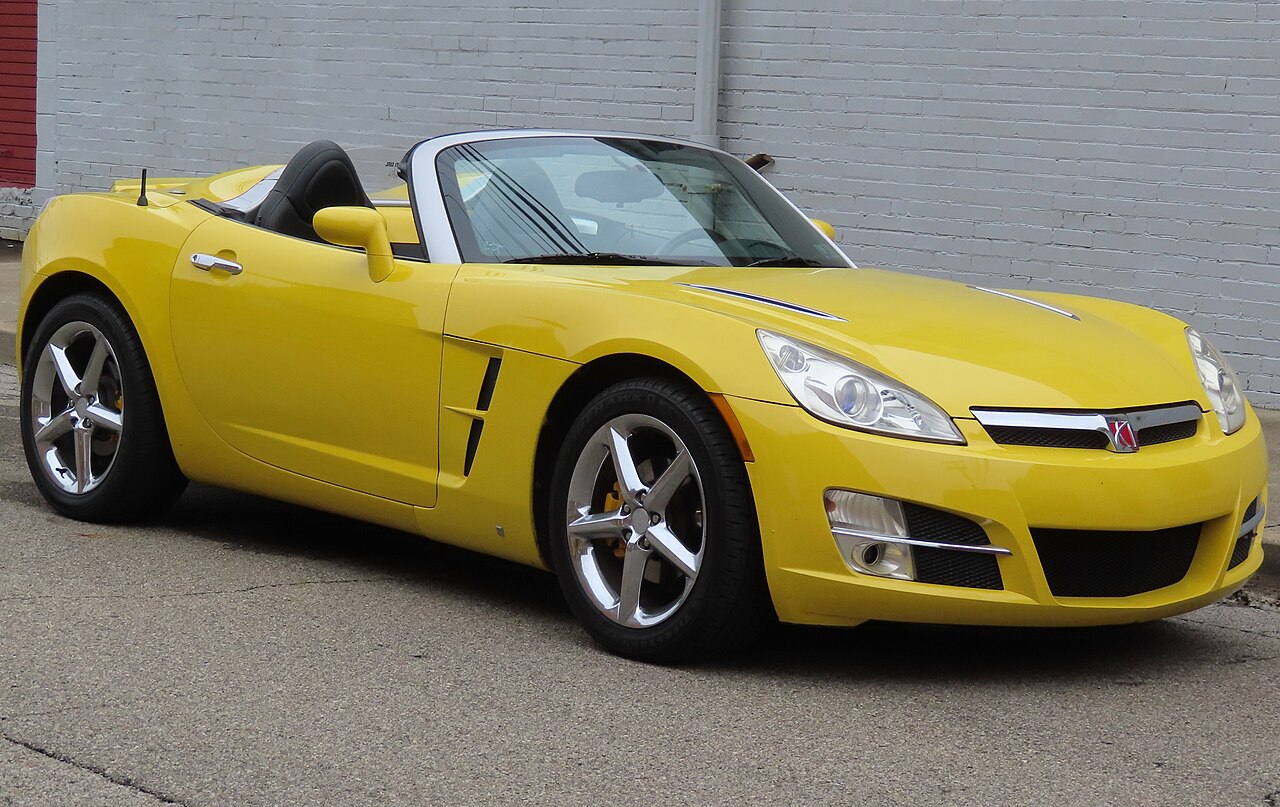 MercurySable99, CC BY-SA 4.0, Wikimedia Commons
MercurySable99, CC BY-SA 4.0, Wikimedia Commons
Saab (1949–2011*)
Known for quirky design and turbocharged performance, Saab cultivated a fiercely loyal following. After GM sold it to Spyker in 2010, efforts to secure Chinese investment failed amid licensing disputes. The company filed for bankruptcy in December 2011, though later attempts to revive production under NEVS never restored Saab as an active marque.
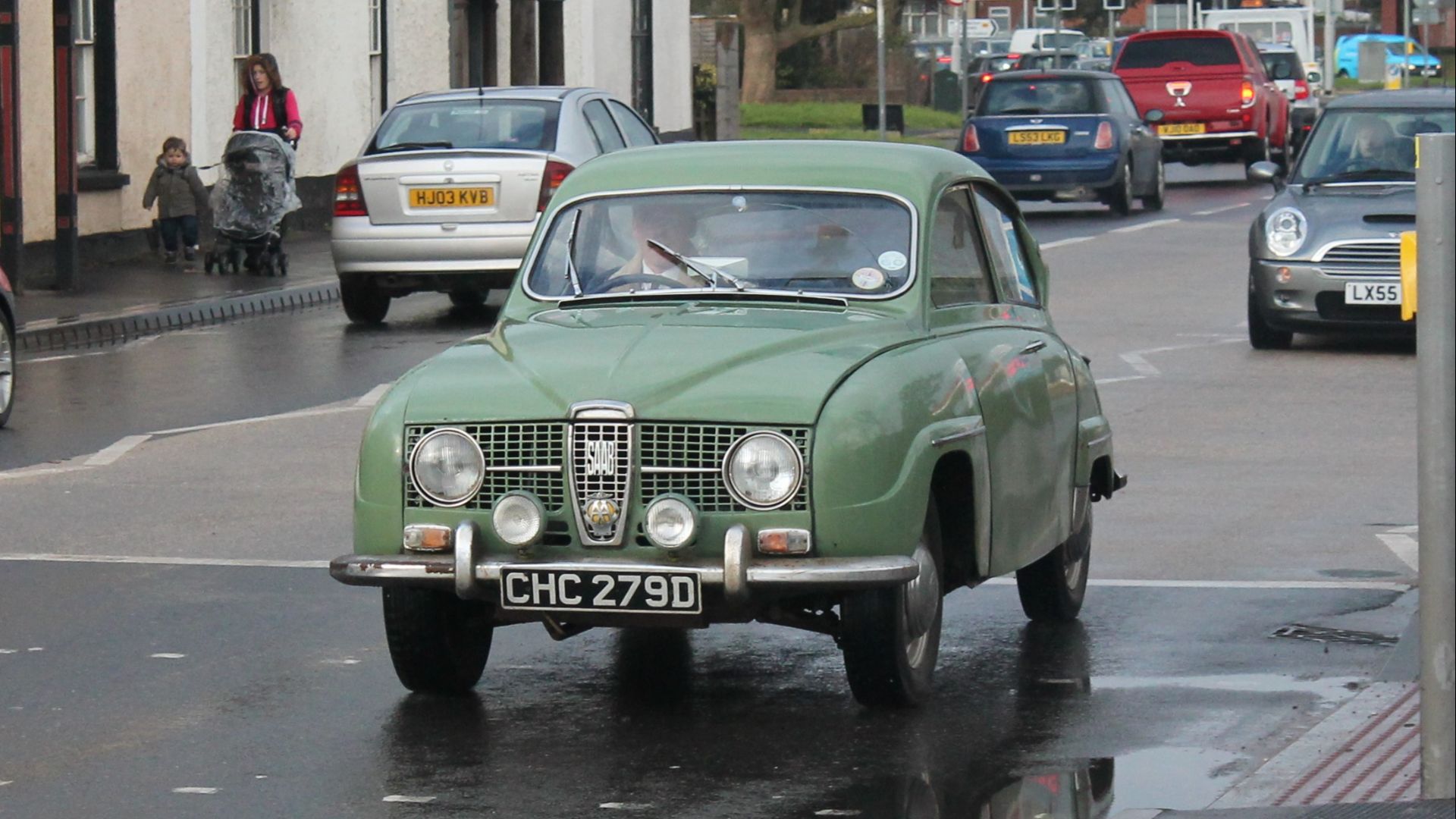 Charlie from United Kingdom, Wikimedia Commons
Charlie from United Kingdom, Wikimedia Commons
DeLorean (1981–1982)
With its stainless steel panels and gullwing doors, the DMC-12 became an instant cultural icon. But the company faced steep production costs, quality issues, and a recessionary market for expensive sports cars. Founder John DeLorean’s high-profile legal troubles sealed the brand’s fate after just two model years.
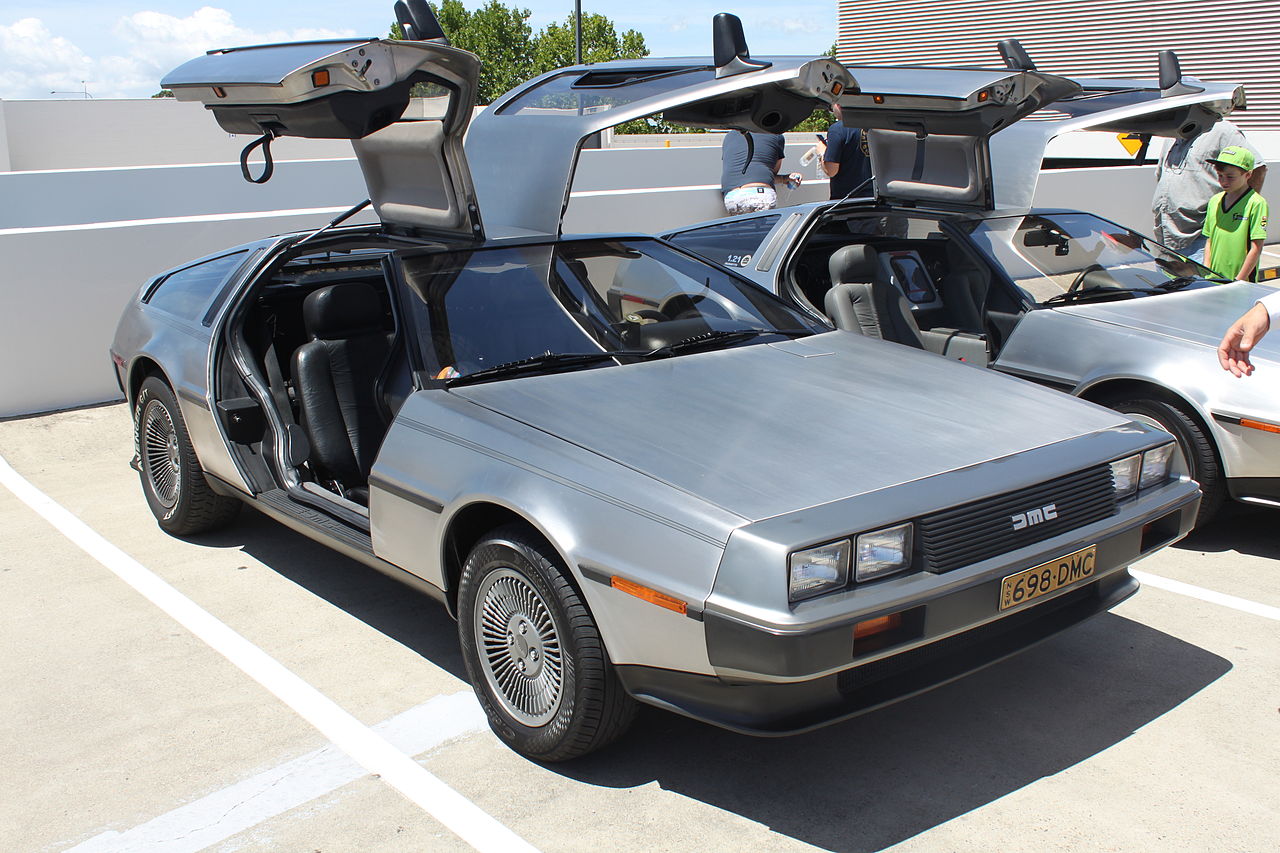 Jeremy, CC BY 2.0, Wikimedia Commons
Jeremy, CC BY 2.0, Wikimedia Commons
American Motors (AMC) (1954–1987)
Formed by merging Nash and Hudson, AMC thrived on creative compacts and the iconic Jeep line. However, financial struggles and reliance on aging platforms left AMC vulnerable. Chrysler acquired the company in 1987, primarily for Jeep, and quickly retired the AMC nameplate.
 Christopher Ziemnowicz, Wikimedia Commons
Christopher Ziemnowicz, Wikimedia Commons
Studebaker (1902–1966)
Starting as a wagon builder, Studebaker transitioned into automobiles with an inventive spirit. Still, by the 1960s, declining sales forced the closure of its Indiana plant. The Canadian operations continued briefly, but persistent losses ended production entirely in 1966, ending over 60 years of car manufacturing.
Packard (1899–1958)
Once a prestige rival to Cadillac, Packard’s fortunes sank after its 1954 merger with Studebaker. Later Packards were thinly disguised Studebakers, damaging brand prestige. By 1958, production ceased, leaving only memories of its opulent prewar and postwar offerings.
Rover / MG Rover (1904–2005)
Once a staple of the British motor industry, Rover was broken up by BMW in 2000, leaving MG Rover to soldier on independently. Mounting debts and stalled product development led to its collapse in April 2005. Ford later acquired the dormant Rover trademark to protect Jaguar Land Rover’s branding under Tata ownership.
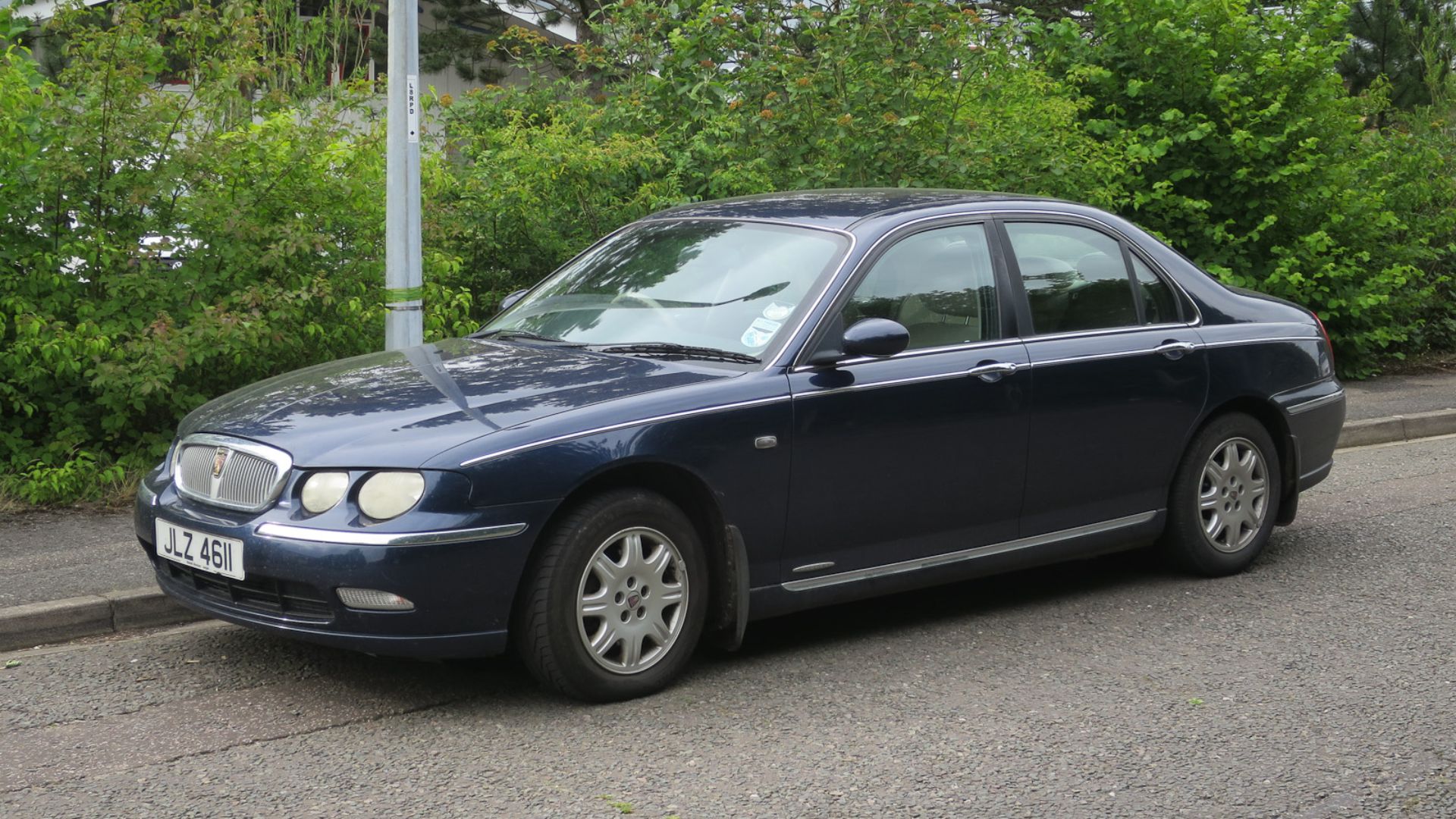 Hugh Venables , Wikimedia Commons
Hugh Venables , Wikimedia Commons
Triumph (Cars) (1923–1984)
Known for stylish British sports cars, Triumph was absorbed into British Leyland during the industry’s turbulent 1970s. The final Triumph, the Honda-based Acclaim, rolled off the line in 1984 before the marque was retired. Today, the name survives only as part of corporate archives.
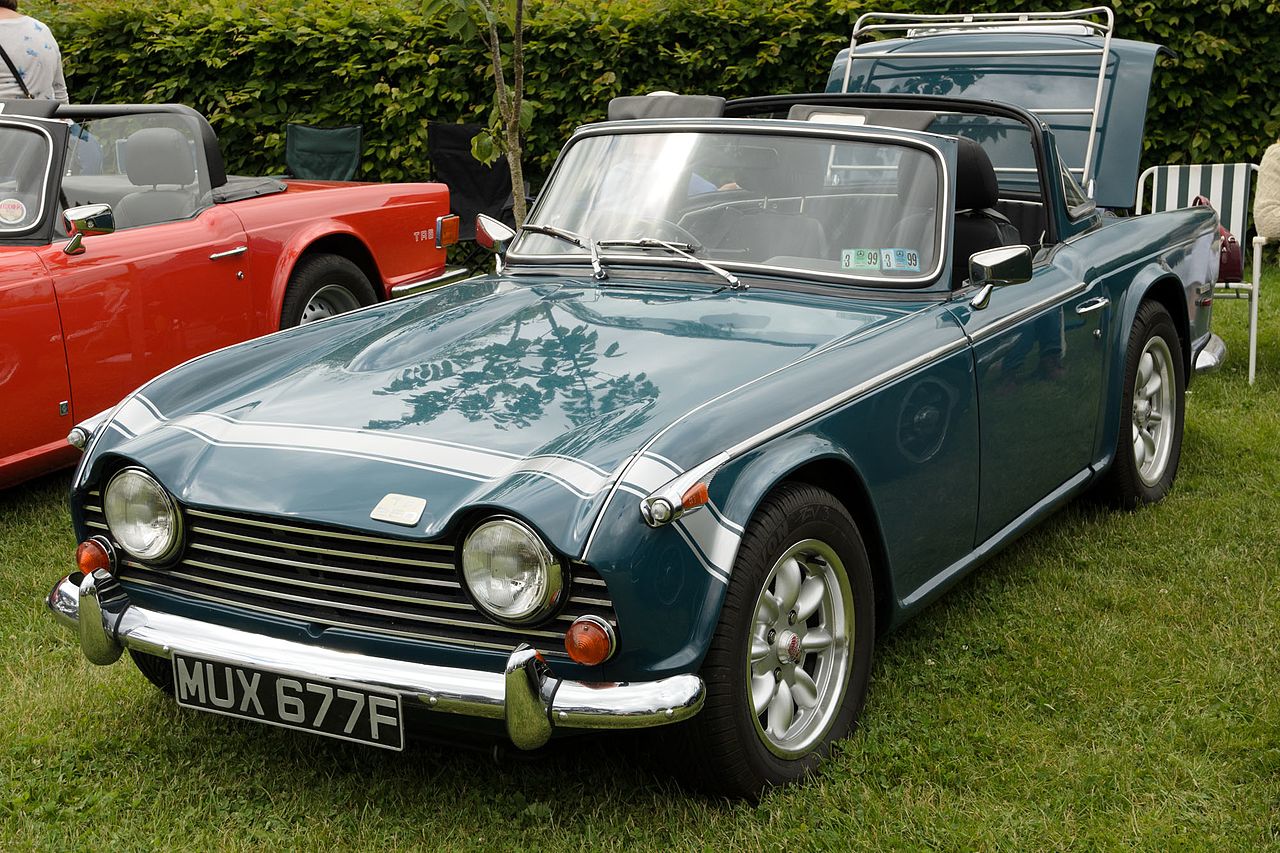 SG2012, CC BY 2.0, Wikimedia Commons
SG2012, CC BY 2.0, Wikimedia Commons
Austin-Healey (1952–1972)
The Austin-Healey partnership delivered some of the most beautiful and beloved sports cars of the 1950s and ’60s. But after their 20-year agreement expired, British Leyland chose not to continue the joint venture. Production ended in 1972, closing a golden chapter in British motoring.
 Arpingstone, Wikimedia Commons
Arpingstone, Wikimedia Commons
Edsel (1958–1959)
Ford launched Edsel with massive hype, positioning it between Ford and Mercury. Unfortunately, a recession, controversial styling, and marketing missteps doomed it. The brand was discontinued after just two model years, becoming a textbook case in automotive misjudgment.
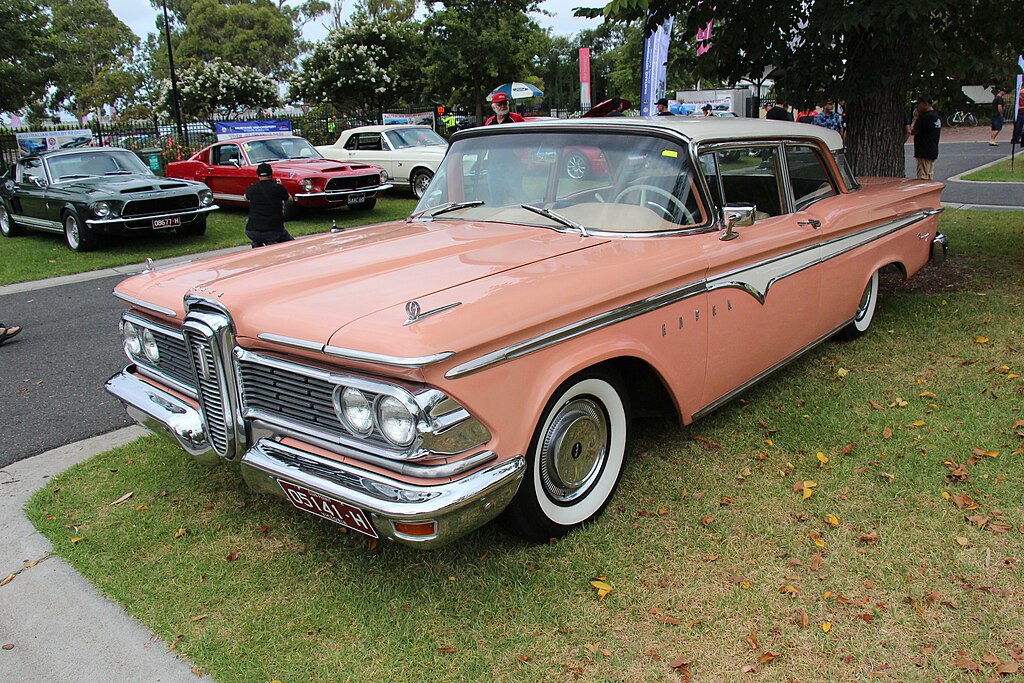 Sicnag, CC BY 2.0, Wikimedia Commons
Sicnag, CC BY 2.0, Wikimedia Commons
DeSoto (1928–1961)
Chrysler created DeSoto to compete in the mid-priced market, but by the late 1950s, internal brand overlap made it redundant. A brief sales rebound wasn’t enough to save it, and production ceased in late 1960 for the 1961 model year.
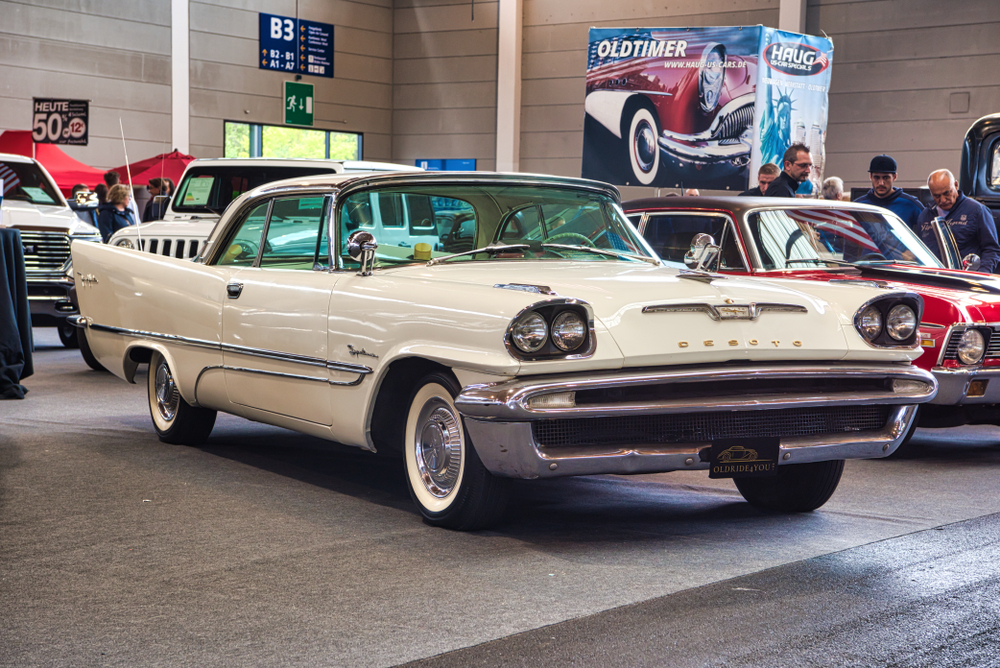 Dmitry Eagle Orlov, Shutterstock
Dmitry Eagle Orlov, Shutterstock
Nash (1917–1957)
Founded in the World War I era, Nash made its name with reliable, innovative cars. Following its merger into AMC, CEO George Romney streamlined the lineup to Rambler compacts, retiring the Nash name in 1957.
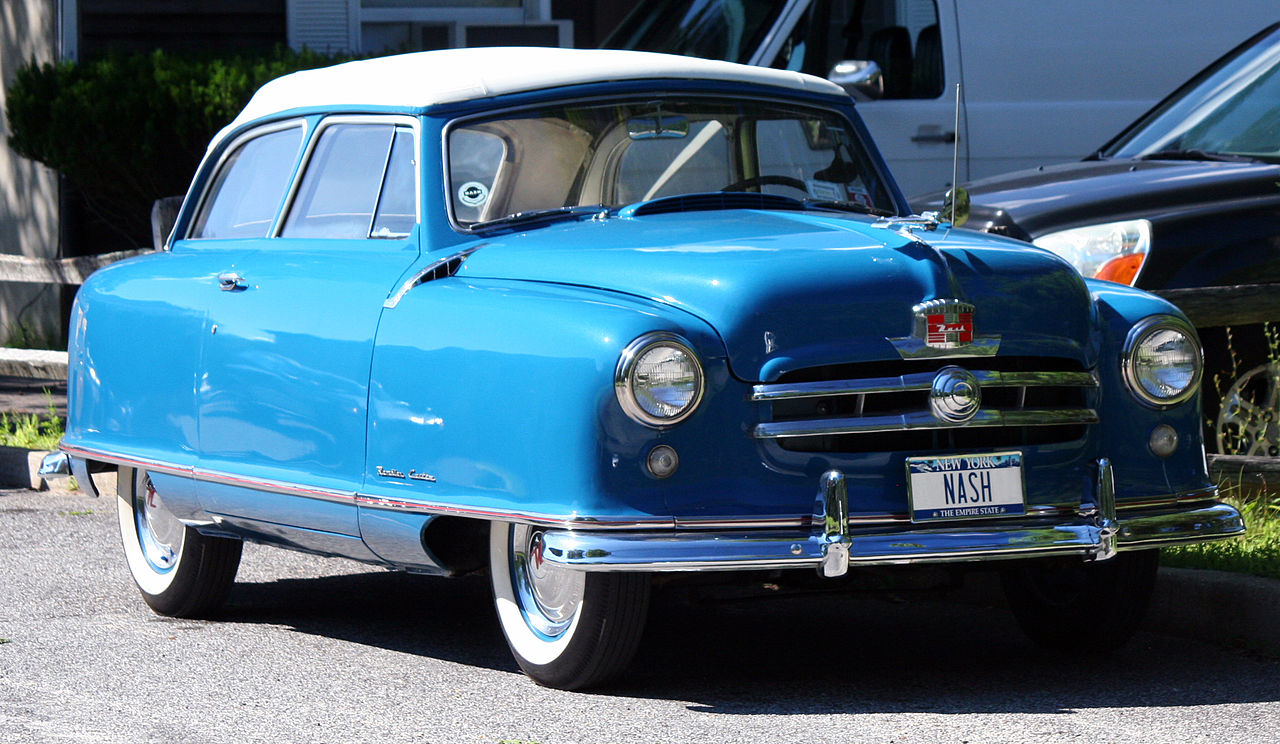 Mr.choppers, CC BY-SA 3.0, Wikimedia Commons
Mr.choppers, CC BY-SA 3.0, Wikimedia Commons
Hudson (1909–1957)
Hudson’s “Step-Down” design era in the late 1940s made it a performance standout. But post-merger with Nash into AMC, badge engineering diluted the brand. Like Nash, Hudson ended in 1957 as AMC consolidated.
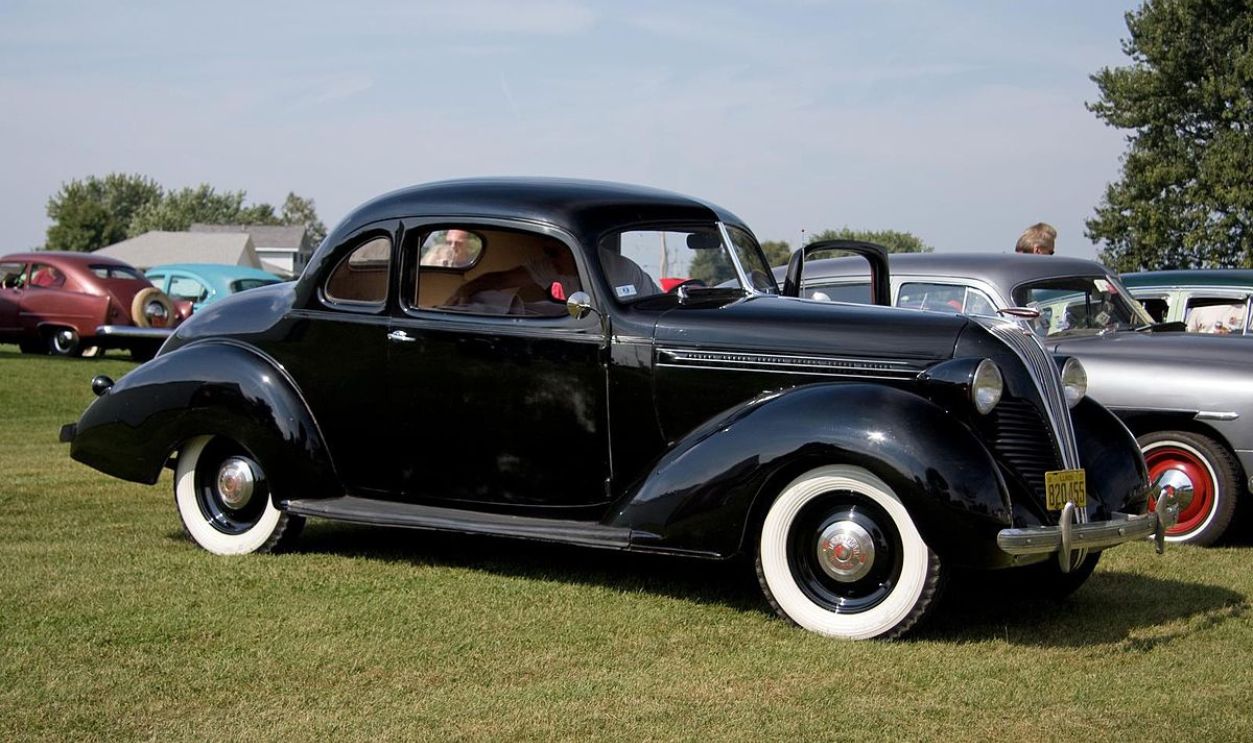 D. Miller, CC BY 2.0, Wikimedia Commons
D. Miller, CC BY 2.0, Wikimedia Commons
Datsun (1930s–1986; revival 2013–2022)
Known for affordable, reliable small cars, Datsun became Nissan globally by 1986 to unify branding. Revived in 2013 for emerging markets, Datsun failed to gain traction and was retired again in 2022.
Scion (2003–2016)
Toyota’s youth-oriented Scion brand made waves with boxy, quirky models like the xB. But after the recession, sales declined and the target demographic shifted. In 2016, Toyota folded Scion into its main lineup, rebranding most models as Toyotas.
 MercurySable99, CC BY-SA 4.0, Wikimedia Commons
MercurySable99, CC BY-SA 4.0, Wikimedia Commons
Talbot (Revived 1978; phased out 1994)
PSA Peugeot Citroën revived Talbot from the remnants of Chrysler Europe. Despite some rallying success, aging products and corporate reorganization sealed its fate. By the mid-1990s, the brand disappeared entirely from showrooms.
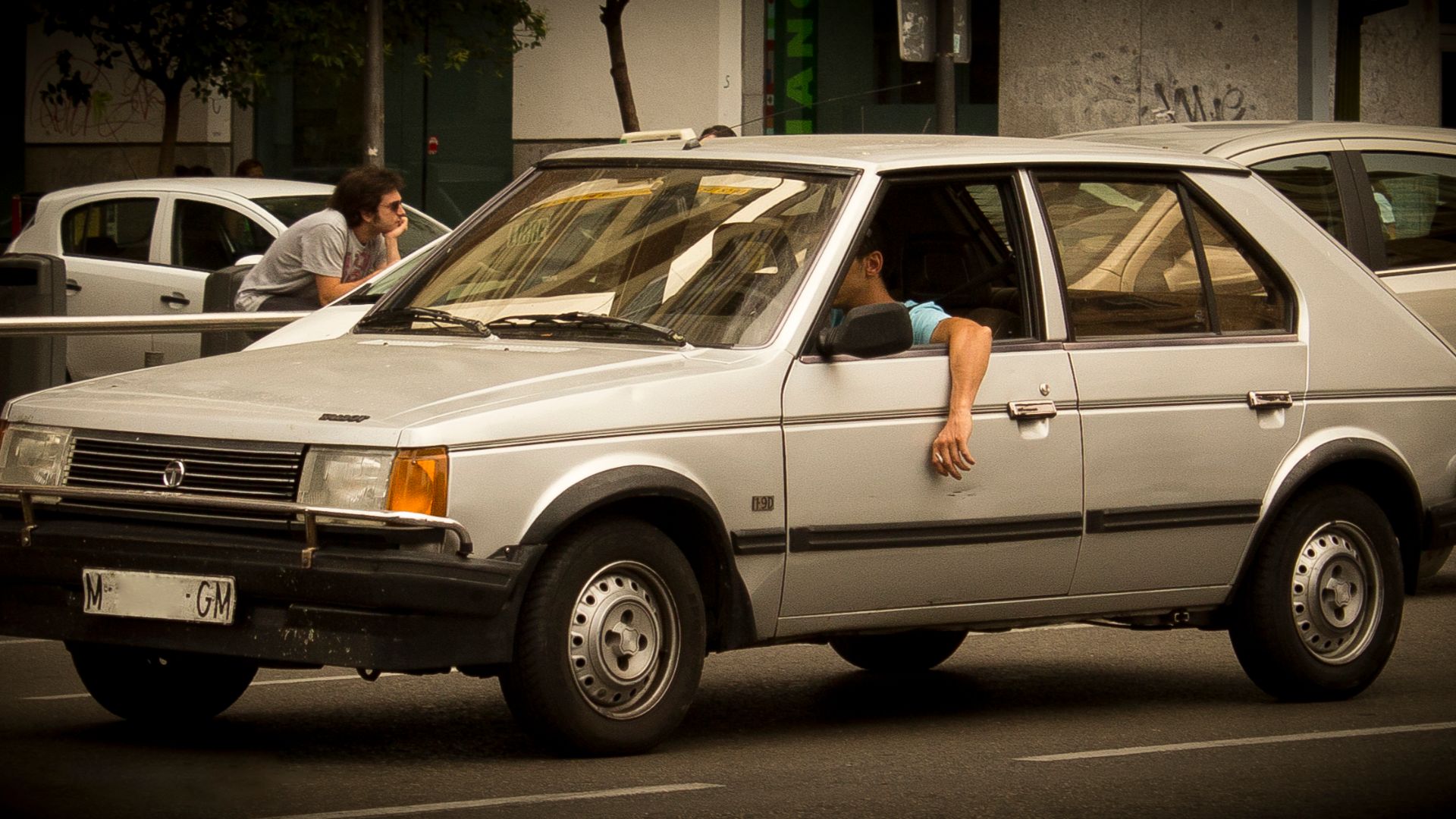 Spanish Coches, Wikimedia Commons
Spanish Coches, Wikimedia Commons
Which Former Car Brand Was Your Favorite?
In the end, the stories of these shuttered marques remind us that no badge, no matter how beloved or historically significant, is immune to the shifting tides of the automotive world. Changing consumer tastes, economic downturns, internal competition, and corporate restructurings have all played their part in sending once-proud names to the annals of history. Let us know your favorite ex-car brand in the comments below.
You May Also Like:
Car Quiz: Which Automakers Created These Models
Classic Cars That Turn Heads, But Might Make Your Mechanic Hate You

